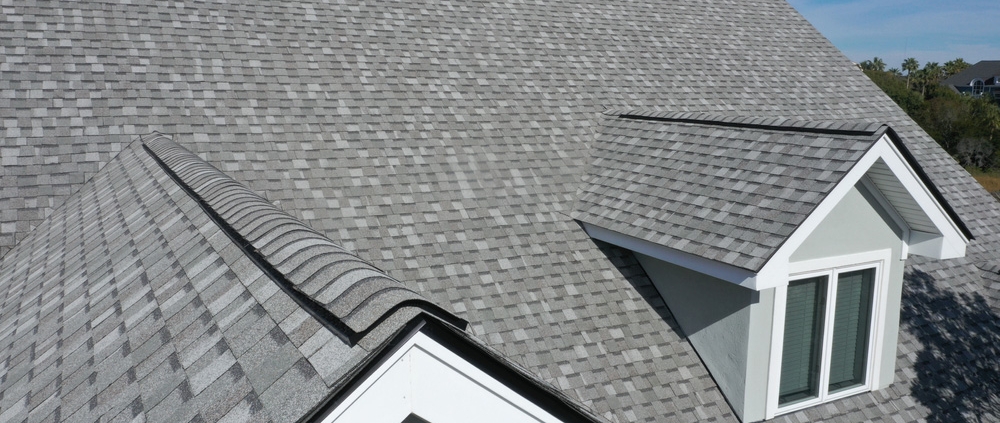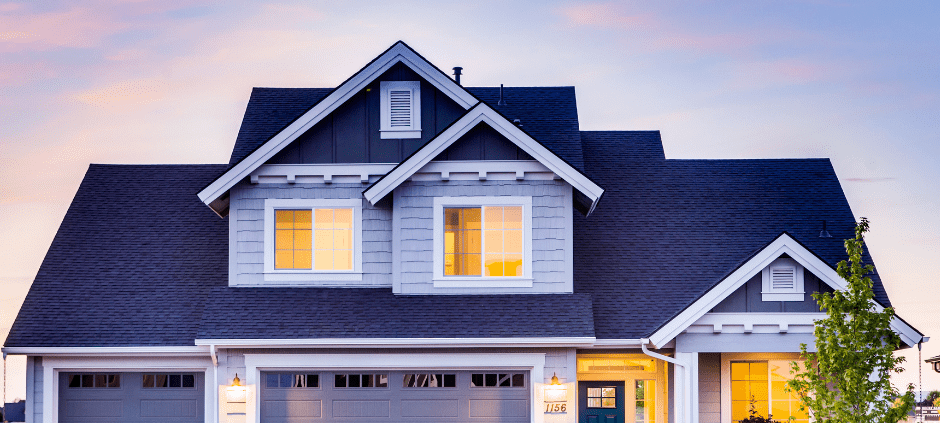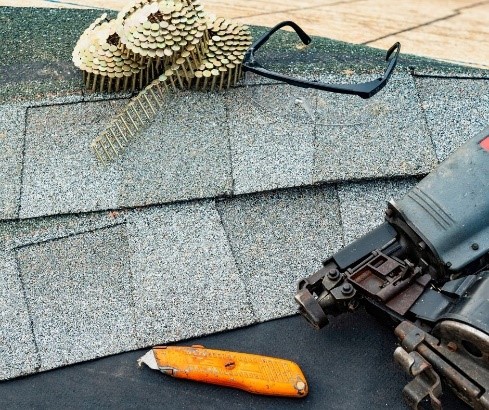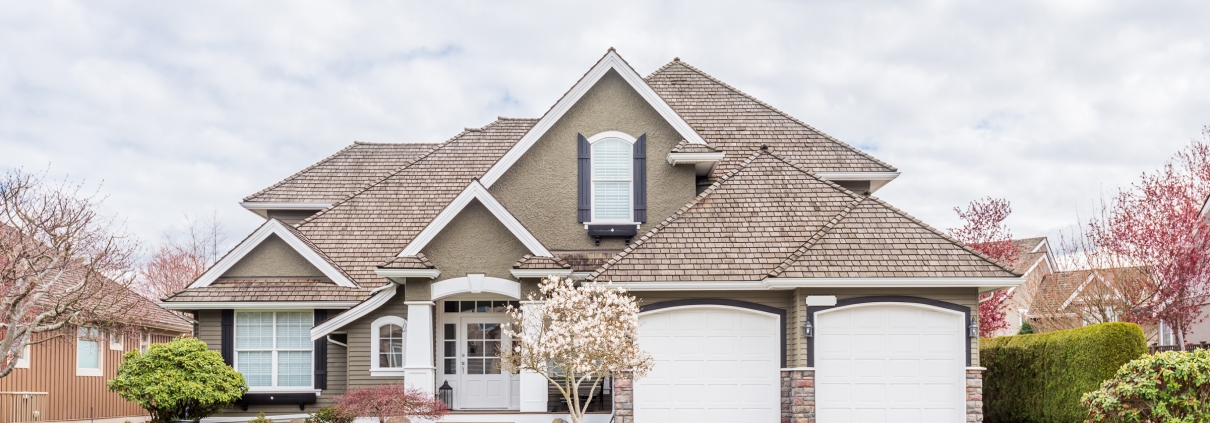Summer ignites the allure of road trips, evening drives, and spirited journeys under the sun. But hotter roads, longer trips, and rising traffic also bring elevated hazards—and insurance should adapt accordingly. Between Memorial Day and Labor Day, accident rates climb, especially for teen drivers and travelers hitting unfamiliar routes. Meanwhile, sweltering temperatures make parked cars dangerous, sometimes fatally so.
To navigate these seasonal challenges smartly, your auto insurance and habits must evolve with the weather. Let’s explore how to optimize coverage, protect against heat-related risks, and ensure no passenger—especially a child—winds up forgotten in a too-hot backseat.
Summer Insurance Imperative
Auto insurance premiums have surged—up roughly 30–40% over recent years—driven by inflation, repair costs, and weather-related damages like hail and flooded roads. Yet most policies remain unchanged from winter term assumptions, failing to reflect new seasonal risk exposures .
Summer’s expanded road hours involve more miles, higher chances of breakdowns, and heightened accident potential. This mismatch wastes money and exposes families to gaps and misses vital safety overlays. By realigning coverage seasonally, drivers avoid over-paying in low-use months and stay protected during peak driving times.
Harnessing Usage-Based Insurance for Summer Efficiency
Usage-based or telematics-driven insurance (UBI) calculates premiums based on real driving behavior—miles, braking, acceleration, speed, timing, and location. For safer summer driving, UBI offers two key benefits:
- Discounts and accurate pricing: Responsible summer drivers (avoiding rush hours, harsh braking, late-night trips) can earn substantial savings—often 5–30% off premiums.
- Motivated safe habits: Awareness of monitoring effects improved driving behavior for many users .
Still, UBI isn’t a guarantee; frequent highway driving or night trips may increase premiums, so analyze your summer pattern before enrolling.
Smart Insurance Adjustments for Summer
- Activate Seasonal UBI
Opt-in just for summer months when road time increases. That’s ideal for aggregating summer savings without long-term data capture. - Add Roadside Assistance & Rental Coverage
Extended trips increase the chance of flat tires or breakdowns. These options relieve stress and cover unexpected repair or rental costs. - Adjust Deductibles Thoughtfully
Higher deductibles (e.g., $500–$1,000) reduce premiums. Balance savings with your ability to cover the deductible when needed. - Leverage Low-Mileage or Storage Discounts
Classic cars, stored beach cruisers, or lightly used vehicles may qualify for 5–10% savings when annual mileage is under ~7,500–10,000 miles. - Maintain Your Vehicle Proactively
Summer heat damages belts, hoses, tires, batteries, fluids, and cooling systems. Regular inspections reduce claim risk and covered breakdowns .
The Silent Danger: Hot Cars & Hidden Passengers
A parked car can rapidly become lethal in the sun. Inside temperatures can climb 40–60 degrees within the first hour. Even with windows cracked, a comfortable 80°F day can escalate cabin heat past 109°F.
Metabolic changes in children and pets make them especially vulnerable—body temperatures rise 3–5 times faster than adults. Tragically, hot-car deaths occur nearly 40 times a year in the U.S., a figure that surged 35% in recent years .
Although insurance doesn’t cover such incidents, prevention is imperative. Strategies like placing phones, wallets, or keys in the back seat, verbal reminders, and locking doors can prevent forgetting a passenger.
Safety Habits: A Summer Driving Blueprint
- Check the back seat—and set reminders. Create exit rituals to ensure nobody is left behind.
- Plan to drive in safe time windows. Avoid midnight drives and rush-hour traffic.
- Maintain vehicle systems. Tire pressure, coolant levels, battery health, and belts/hose checks before and during summer travel are critical.
- Stock and inspect roadside kits. Tire inflators, jumper cables, roadside flares, and water supplies reduce risk during long trips.
- Practice teen driving safety. Enforce hands-free use, passenger limits, curfews, and no-tolerance policies for distracted behaviors.
Real-Life Scenarios: Strategy in Action
Family Road Trip
You activate seasonal UBI and earn a 15% discount after smooth driving. With roadside and rental coverage, a blown tire in another state brings prompt roadside support. Reminder habits prevent hot-car incidents on rest stops.
Convertible Cruiser
You park your convertible for most of the year. By dropping collision in fall and reactivating in spring, you secure low annual premiums while ensuring summer protection.
Teen with Gradual Privileges
Your teen uses the car occasionally. Seasonal UBI both tracks behavior and offers coaching reminders. Curfews and passenger limits reduce risk without inflation of policy premiums.
Aligning Coverage with Summer Reality
Customized insurance planning creates smart summer-centric results:
- Reduced premiums from UBI and low-mileage adjustments
- Enhanced protection via roadside, rental, and heightened deductible options
- Greater accountability from maintenance and safety habits
- Mitigation of tragic outcomes through backseat checks and reminders
This layered approach enables freedom on the road while centering responsibility and protection.
Summer Safety + Insurance: The Ultimate Combo
Below is your quick summer checklist—answer “yes” to each to stay both savvy and safe:
| ✅ Action | Why It Matters |
| Signed up for seasonal UBI | Ensures premium reflects real summer driving habits |
| Checked low-mileage or storage discounts | Saves money when the car isn’t in use year-round |
| Increased deductible thoughtfully | Cuts annual cost while keeping loss protection |
| Added roadside assistance & rental coverage | Offers help during travel mishaps |
| Completed vehicle inspection—tires, coolant, battery | Reduces breakdowns and claim denials |
| Committed to backseat reminders | Prevents heat-related tragedies indoors |
| Enforced teen safety rules | Reduces accident risk during the “100 deadliest days” summer period |
A “yes” to these means you’ve prepared your coverage, your vehicle, and your habits for the heat, miles, and risks of summer travel.
Season Savvy Driving
Summer driving is thrilling, but it comes with hidden costs and risks. By customizing your auto insurance through seasonal adjustments and usage-based savings, combining practical protection options, maintaining your vehicle, and establishing safety routines around hot cars and passenger checks, you shift from luck-based to intention-based driving.
This is about more than bill optimization—it’s about saving lives. No one should ever suffer a preventable tragedy in a backed-up summer heat wave. Thoughtful coverage keeps families safe and drives summer adventure without compromise.
Stay covered. Drive smart. Check your backseat every time. Let this summer be defined by exploration—not regret.








 Watch these steps to making a home fire escape plan from the
Watch these steps to making a home fire escape plan from the 


